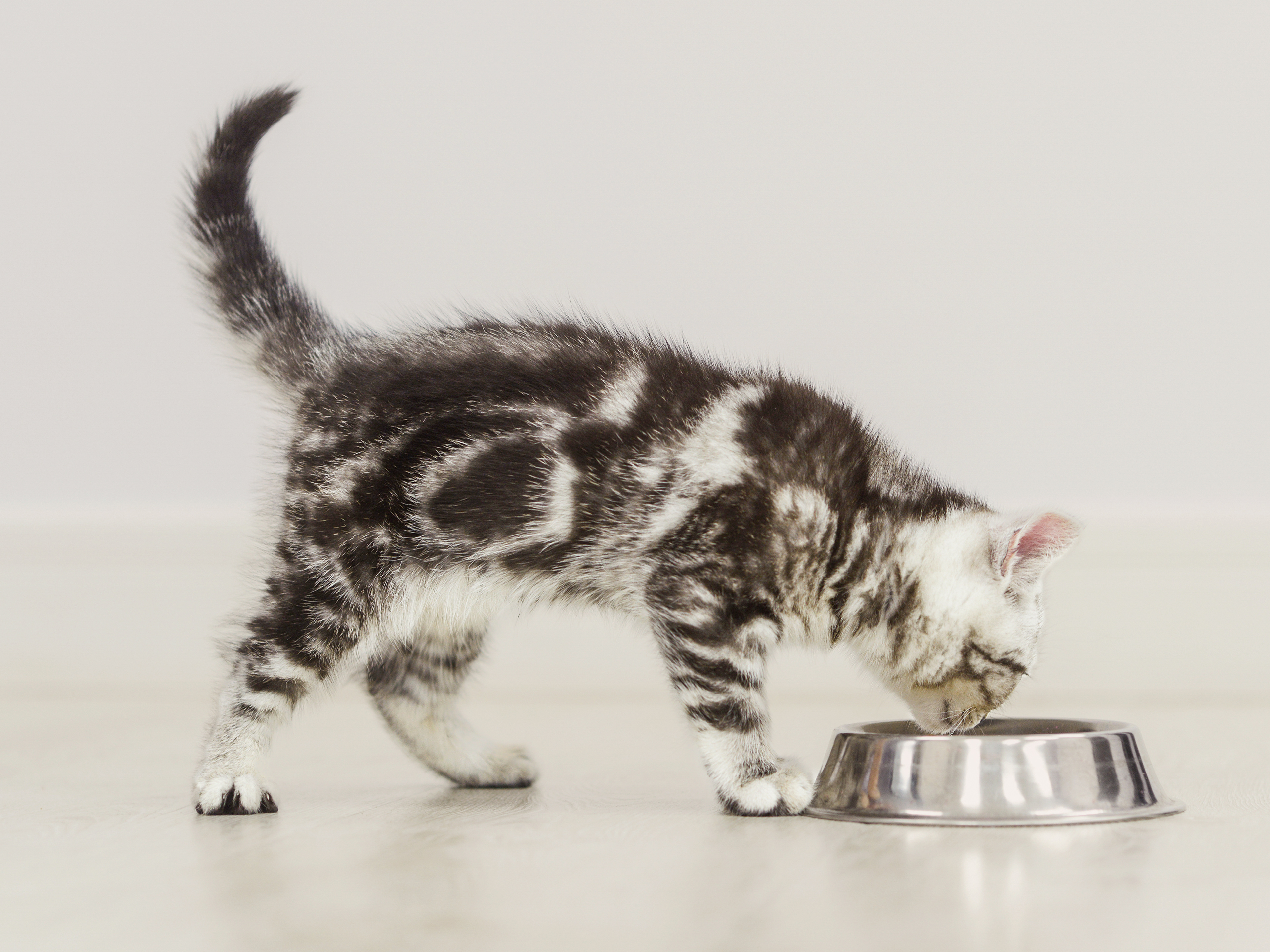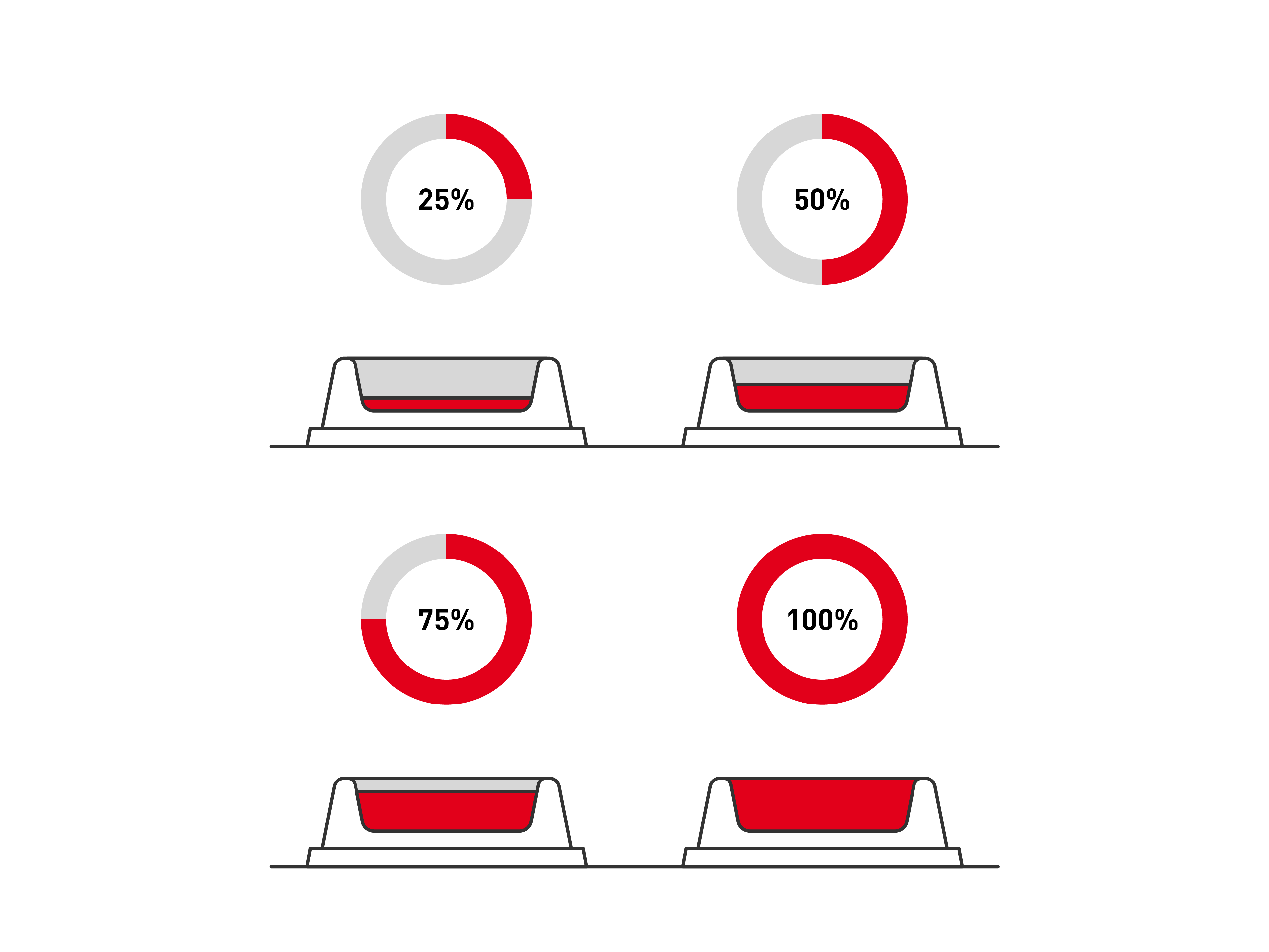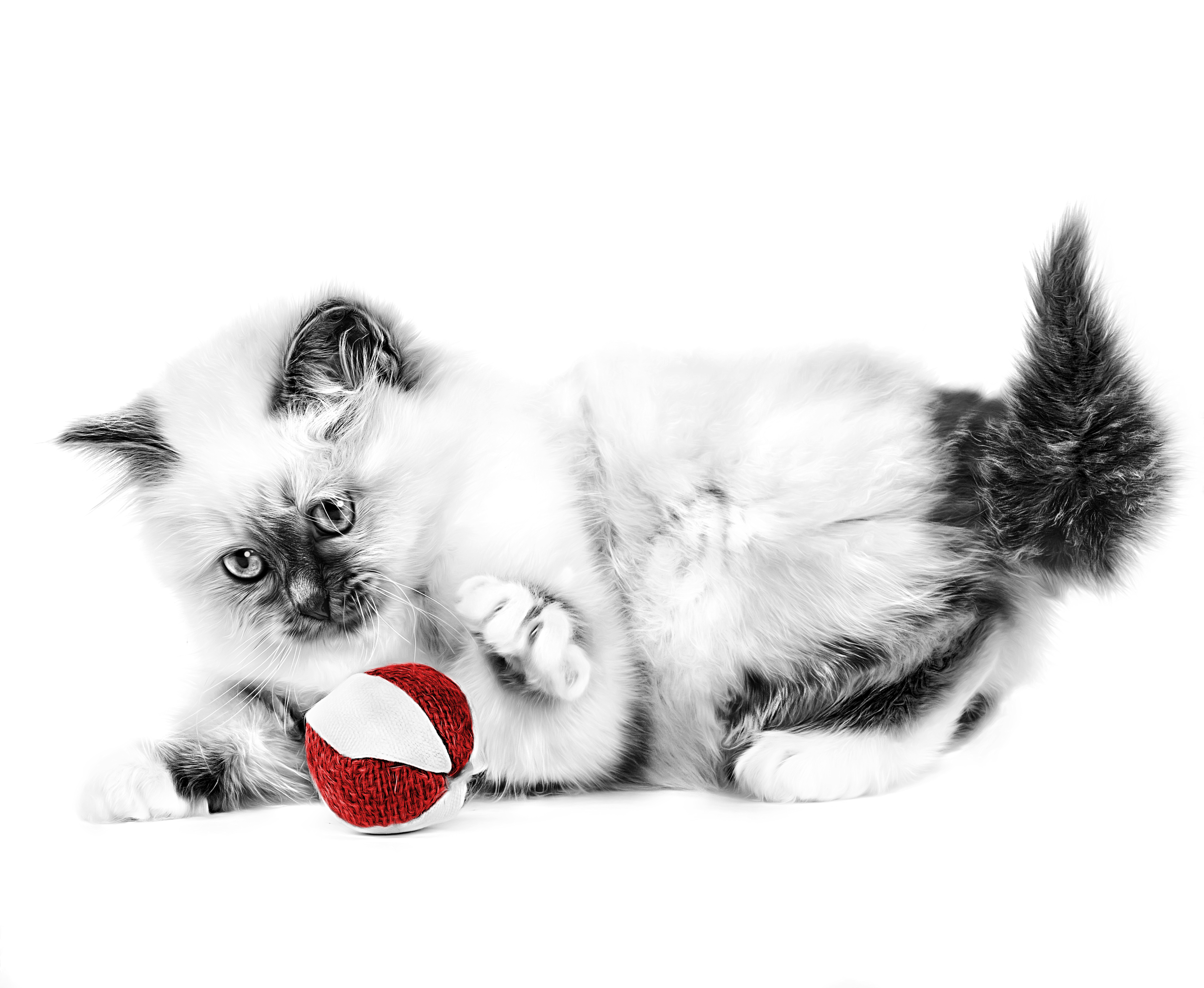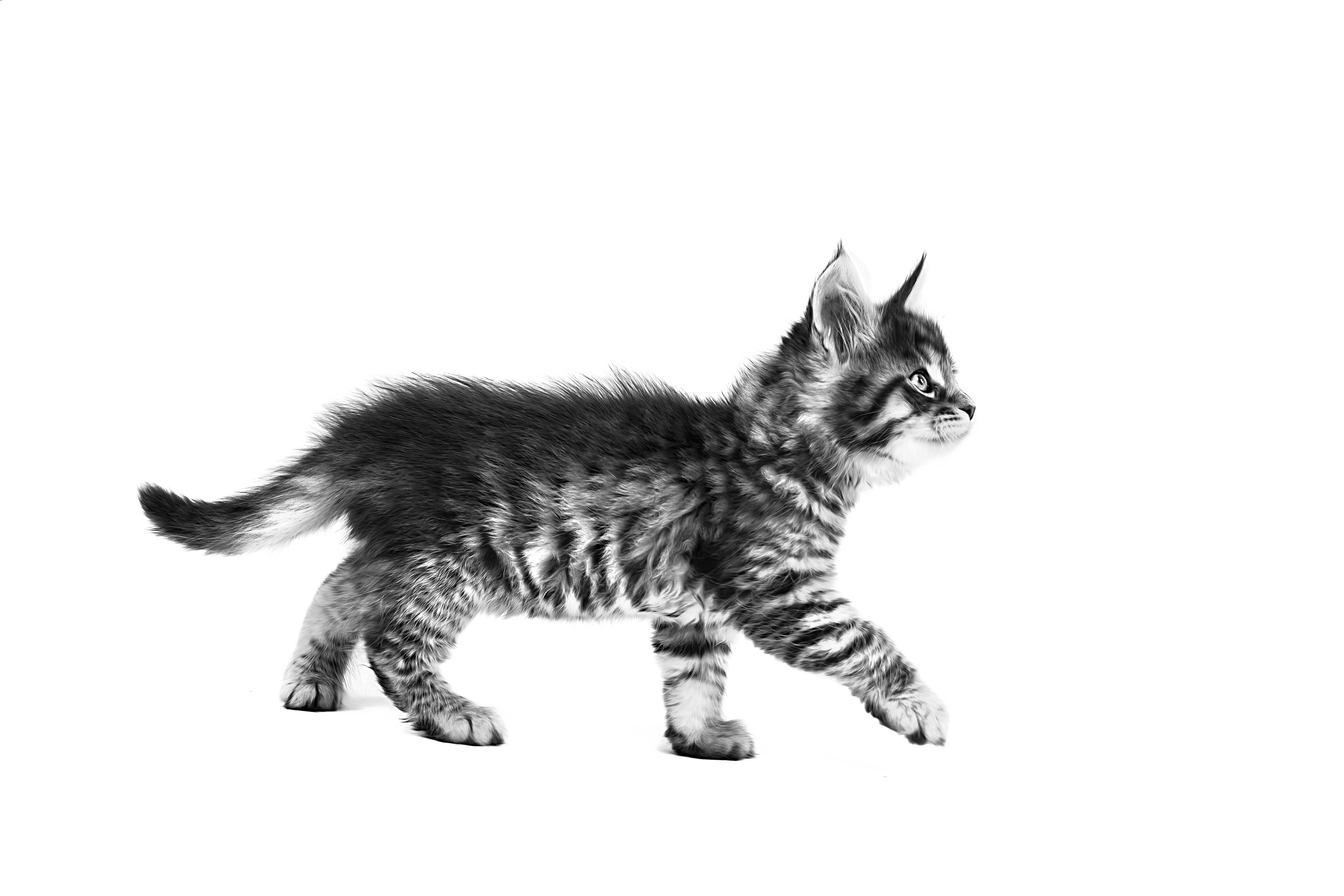Preparing for your kitten’s arrival
Getting ready for your kitten
Before collecting your kitten, there’s lots to do to ensure you’re ready for their arrival. As well as buying the right equipment, you’ll need to prepare your home and family too. Key things to consider are:
How to kitten-proof your house
2.Toilets and bins
7.Small objects
3.Dangerous substances
5.Electrical cables and sockets
6.Poisonous foods
1.Toxic houseplants
4.Hiding places
How to kitten-proof your garden
6.Dangerous substances
5.Tools and small objects
1.Fencing and gates
3.Hazards
2.Toxic garden plants
4.Ponds and water features
.
Things you'll need for your kitten
Before your kitten arrives, makes sure you have everything you need to care for them and help them settle into their new home. Here are the essentials.

The best kitten food to begin with
Your kitten’s digestive system will be very sensitive, so changing their diet suddenly could give them an upset stomach and may even make them wary of their food. At first, it’s best to give them the same diet their previous owner gave them.
Choosing the right food for your kitten is crucial as it’s essential for their health and development. As they grow, they need a precise balance of nutrients at each stage, including protein, vitamins and minerals.

How to switch to new kitten food
A few days after your kitten's arrival, you will be able to gradually introduce them to new food. When switching to a new kitten food, make sure you take it slowly over a week-long period.

Kitten feeding and nutrition
Preparing your family and pets for your kitten
Kittens can easily be overwhelmed or even terrified by encounters with other animals and people, so it’s vital you prepare everyone in your household in the right way.

Collecting and welcoming your kitten
The first days together with your pet are a chance to create a healthy foundation for their future.

Find a vet
It's important to have identified a local vet before collecting your kitten. Find a vet near you.